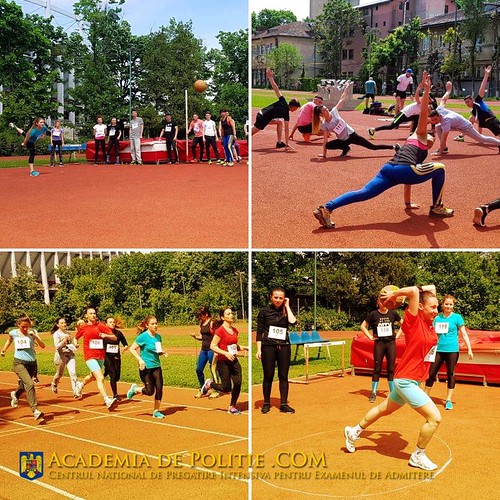in the case of the Rluc control. Rluc-SnoN associated robustly with endogenous NDR1. B. Lysates of 293T cells expressing Rluc or Rluc-NDR1 were subjected to immunoprecipitation using a SnoN antibody or IgG immunoglobulins, as a negative control, followed by analysis of the immunoprecipitates by luciferase assays or immunoblotting with SnoN antibody. Cell lysates were also subjected to luciferase assays or immunoblotting with SnoN or actin antibody. Endogenous SnoNassociated Rluc or Rluc-NDR1 activity was determined as in A. Data are presented as the mean+SEM of SnoN-associated Rluc activity relative to Rluc activity associated with SnoN in the case of the Rluc control. Rluc-NDR1 interacted strongly with endogenous SnoN. C. Lysates of untreated or TGFb-treated 293T cells were subjected to immunoprecipitation using NDR1 antibody or IgG immunoglobulins, as a negative control, followed by immunoblotting with the 23696131 SnoN or NDR1 antibody. Cell lysates were also subjected to immunoblotting with the SnoN, NDR1 or actin antibody with the latter serving as a loading control. in A and B indicates significant difference from the control. Related to Statistical Analysis Data were subjected to Analysis of Variance or student t-test as indicated in the figure legends with significant difference set at p,0.05. Cell-intrinsic defenses against invading pathogens are a relatively new discovery. To assist the host’s immune system in controlling microbial spread during productive infection, these defenses function as `restriction factors’. Among these factors, the bone marrow CJ-023423 site stromal antigen 2 /tetherin is known to dramatically reduce the release of the human immunodeficiency virus, as well as a range of other viruses from infected cells by directly tethering virions to cells. Viral infection is generally accompanied by the  induction of interferon in the blood of infected individuals, which in turn initiates a cascade of feedback loops, known to involve BST2 upregulation. Various response elements in the BST2 gene promoter suggest that inflammatory cytokines may be involved in regulating its expression. In blood derived human immune cells, BST2 activation and type I interferon production appear to share the same triggers ensuring that BST2 expression, and its role in the IFN negative feedback loop are synchronized. Strong evidence also suggests that a viral gene product – Vpu, counteracts the inhibitory effect of BST2 on virus release within the host. BST2 is a 3036 kd protein comprised of a cytoplasmic N-terminal region, followed by a transmembrane domain, a coiled-coil extracellular domain, and a C-terminal glycosylphosphatidylinositol anchor, which in the human protein may represent a second transmembrane segment rather than a GPI anchor. BST2 is normally detected in dendritic cells, terminally differentiated B cells, and bone marrow stromal cells, and is overexpressed in some hematological cancers. The role of BST2 in solid tumors is largely undetermined. Other than an association with a breast cancer xenograft metastatic to the bone, the regulation and function of this membrane-associated gene product in cancerous breast tissue remains unknown. In the search for functional phenotypes characteristic of clinically aggressive breast cancer, our approach is to 7562926 compare these with indolent, or less aggressive breast tumors, 1 TGFb Mediated BST2 Repression whereby the differential of mitotic index that masks many distinctive cellular features, could be overrid
induction of interferon in the blood of infected individuals, which in turn initiates a cascade of feedback loops, known to involve BST2 upregulation. Various response elements in the BST2 gene promoter suggest that inflammatory cytokines may be involved in regulating its expression. In blood derived human immune cells, BST2 activation and type I interferon production appear to share the same triggers ensuring that BST2 expression, and its role in the IFN negative feedback loop are synchronized. Strong evidence also suggests that a viral gene product – Vpu, counteracts the inhibitory effect of BST2 on virus release within the host. BST2 is a 3036 kd protein comprised of a cytoplasmic N-terminal region, followed by a transmembrane domain, a coiled-coil extracellular domain, and a C-terminal glycosylphosphatidylinositol anchor, which in the human protein may represent a second transmembrane segment rather than a GPI anchor. BST2 is normally detected in dendritic cells, terminally differentiated B cells, and bone marrow stromal cells, and is overexpressed in some hematological cancers. The role of BST2 in solid tumors is largely undetermined. Other than an association with a breast cancer xenograft metastatic to the bone, the regulation and function of this membrane-associated gene product in cancerous breast tissue remains unknown. In the search for functional phenotypes characteristic of clinically aggressive breast cancer, our approach is to 7562926 compare these with indolent, or less aggressive breast tumors, 1 TGFb Mediated BST2 Repression whereby the differential of mitotic index that masks many distinctive cellular features, could be overrid
